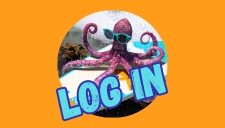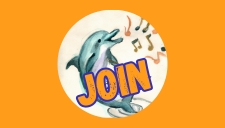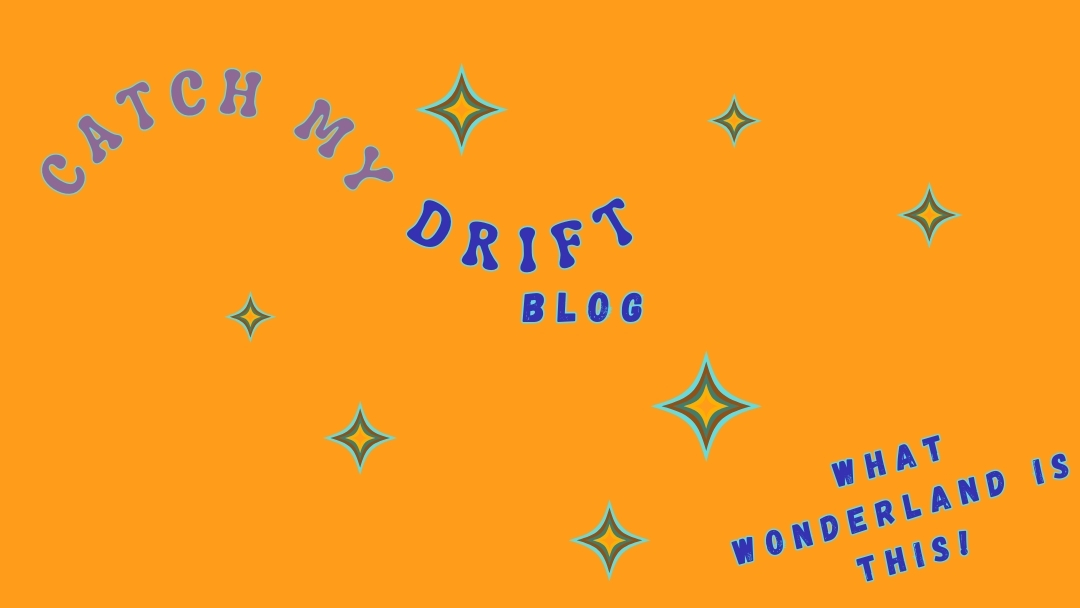Meet OPAL!
Short for Observer Perceiving Another Layer
She’s an ordinary octopus
living in an ordinary tidepool
discovering some
EXTRAordinary things!
Like YOU,
OPAL lives in two worlds
at the same time
And boy,
does she have a story
to tell us about that!
“You see,” says OPAL,
(moving mindfully through her morning)
“there’s the world of WHAT
and the world of WHAT-IT-MEANS”
“Take my breakfast, for instance:”
In the first world
(which fancy philosophers call PLEROMA)
it’s just:
– a crab, 4 inches wide
– moving at 2 mph
– reflecting light at 580 nanometers
But in my world
(which they call CREATURA)
it’s:
– a tasty treat
– playing hide-and-seek
– wearing borrowed shell-armor
– dancing a sideways waltz
“Same crab,” says OPAL,
(while gracefully grabbing her breakfast)
“but TOTALLY different descriptions!”
Now, you might ask
(and it’s a great question):
“Why should I care about
these different ways of seeing?”
OPAL swirls thoughtfully
(all eight arms swishing)
“Let me show you something…”
She points to her tidepool home:
In the first world, it’s:
H2O + NaCl + rocks + temperature
But in her world:
– the water’s whisper means “tide is turning”
– a shadow suggests “seagull overhead!”
– shifting salinity says “storm coming”
– temperature tells “time to find shelter”
“You see,” OPAL explains,
“nothing alive lives in
the first world alone!”
“Take my neighbor NORMAN,”
(a nervous little nudibranch)
“He doesn’t experience
‘rapid decrease in photons’
He experiences
DARKNESS
which means
DANGER!”
“And my friend STELLA,”
(a stylish sea anemone)
“doesn’t measure
‘hydrostatic pressure’
She feels
WATER FLOW
which means
FOOD TIME!”
OPAL stretches her arms wide
(all eight of them!)
“Everything alive lives in
a web of meanings!”
“But here’s the really
IMPORTANT part:”
(She changes color for emphasis)
“Your human languages
are built for the first world
full of separate things
you can count and measure
While the living world
speaks in patterns
relationships
and differences!”
“And THAT,” says OPAL
(turning a thoughtful purple)
“is where things get…
complicated”
“When you try to understand
the living world
using only the language
of lifeless things
You miss
EVERYTHING that matters!”
Like thinking a forest is
just a collection of trees
(instead of a conversation)
Or seeing an ocean as
just a body of water
(instead of a symphony of life)
Or treating Earth as
just a resource
(instead of a relationship)
OPAL glides closer
(her eyes growing serious)
“Your human world is struggling
because you’ve forgotten how to speak
the language of the living”
“You measure and count and separate
when you should be
watching and listening and connecting”
“Every octopus knows:
You can’t solve a relationship problem
with a calculator!”
“But there’s hope!”
(OPAL brightens considerably)
“Just by reading this
YOU are learning to see
both worlds!”
“And once you see them
you can’t unsee them
(trust an octopus with nine eyes
on this one!)”
So next time you:
– sip your morning coffee
– walk through a park
– feel the evening breeze
– greet a friend
Remember OPAL’s lesson:
There’s the world of
WHAT IT IS
And the world of
WHAT IT MEANS
And everything alive
(including YOU!)
lives in both
But especially in the second one
where differences make differences
and relationships matter most
“Oh!” says OPAL
(changing to a lovely pearl color)
“Time for the tide to turn!
Gotta flow!”
But before she jets away
she leaves us with one last thought:
“Remember:
You can count the seeds in an apple
but you can’t count the apples in a seed
That’s because
life speaks the language of
possibilities and patterns
not just
particles and parts!”
And with a swirl of water
(and a wink from eye number eight)
OPAL heads home
leaving us to see our world
with new eyes
Or as she might say:
“With new layers
of perception!”
What do YOU see differently now?
(And yes,
that breakfast you’re eating
just got a lot more interesting,
didn’t it?)



